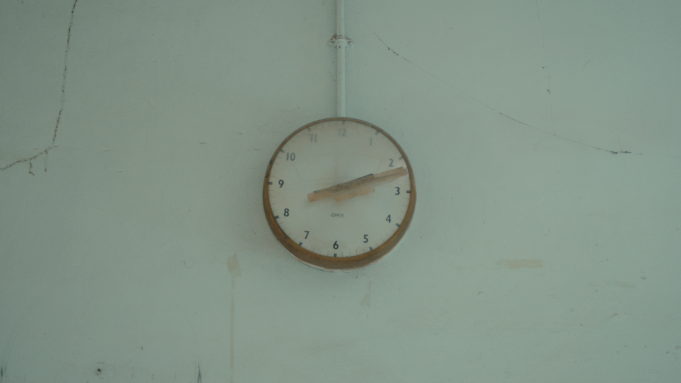In 2022, shortly after France returned to Benin a group of bronzes that had looted in the 19th century, the country’s current political administration put the objects on view in Benin’s presidential palace, where they drew large crowds. It was a high-profile event, one that got Patrice Talon, the president of Benin, to consider how another exhibition could put the country’s past and present on display to a bigger audience. The idea of staging the country’s first-ever national pavilion at the Venice Biennale soon came to mind, and a year later the administration contacted Lagos-based curator Azu Nwagbogu to persuade him to take the lead on the project. adaqq
“I think that [exhibition] really sparked this whole confidence in the power of visual art, to develop a sense of self for the people of Benin,” Nwagbogu told ARTnews in a recent interview.
Benin, alongside Ethiopia and Tanzania, is one of several countries that will debut pavilions at this year’s Venice Biennale for the first time. They are part of a growing tally of pavilions for African countries that have shown up at the Italian festival over the past decade. The number increased from seven in both 2017 and 2019 to nine in 2022 to eleven this year, according to the Biennale’s website. Just two African countries, Egypt and South Africa, have permanent pavilions in Venice, and both have participated since the 1950s. But, despite the fact that there are 54 African countries, they make up just a fraction of the nearly 90 national pavilions at an event that is often called the Olympics of the art world. (Each national pavilion is organized by their respective countries and approved by the foundation that runs the Venice Biennale; the main exhibition, which this year is curated by Adriano Pedrosa, is organized separately.)
The majority of national pavilions entail some form of governmental involvement, often through funding and the selection of the winning exhibition proposal. As such, when Nwagbogu agreed to sign on to curate the Benin pavilion in January 2023, Talon assured him that he wouldn’t get in the way and that Nwagbogu could work independently. In homing in on a theme, Nwagbogu said that he wanted to deal with the ideas of “rematriation” and “returning to the mother,” which he told ARTnews relates to a broader stance he holds: that once-blighted places shouldn’t look to old models that don’t serve them.
“It’s a real part of the logic of the exhibition,” he said of the pavilion’s concept. “I feel a lot of institutions—the major museums all over the world in the West as well—are sort of struggling to reinvent themselves, to be fit for the purpose for the 21st century. The idea of looking back, shouldn’t be looking back to things that are not relevant to us [now], not copying institutions that were built 150 years ago.” adaqq
He has titled the pavilion: “Everything Precious is Fragile.” It’s concept broadly links feminist ideas with ecological threats and will feature four Beninese artists: Chloé Quenum, Moufouli Bello, Ishola Akpo, and Romuald Hazoumè.
While Nwagbogu’s Benin Pavilion is going forward apace, not all African pavilions have been as easily achievable. They are often fragile endeavors. In January, news broke that the Moroccan Ministry of Culture would cancel its presentation in Venice; the reasoning for this decision is still unclear. Mahi Binebine, an artist serving as the pavilion’s curator, and Safaa Erruas, one of three artists selected by Binebine, had already pooled their own resources for the project only to have it all fall through at the last minute; Binebine has said he contributed €40,000 ($50,000) to realize the show, while Erruas had rented an additional studio space to produce works for it.
But these struggles have been going for the past decade, alongside the growing number of African countries showing at the Biennale. Three consecutive iterations of the Kenyan Pavilion (in 2013, 2015, and 2017) faced controversies. The 2013 and 2015 ones were called off after detractors argued they failed to represent the local scene. While the 2017 pavilion, officially the country’s debut, materialized at the last minute out of “a zero budget,” according to its curator, Jimmy Ogonga. While Ogonga also organized the country’s 2022 participation, Kenya will not have a pavilion at the 2024 Biennale.
And even after countries have staged their first pavilions, artists and gallerists often have a hard time convincing government officials to continue the momentum and commit to staging a pavilion every two years. One reason is that they’re costly to execute and don’t bring in revenue, according to multiple sources who are involved in Venice projects. While most national pavilions these days cost in the low seven-figures to produce, an added cost for countries new to the Biennale is securing a location for their exhibitions, as they do not have permanent structures in the Giardini or homes at the Arsenale, the Biennale’s two main venues. adaqq

